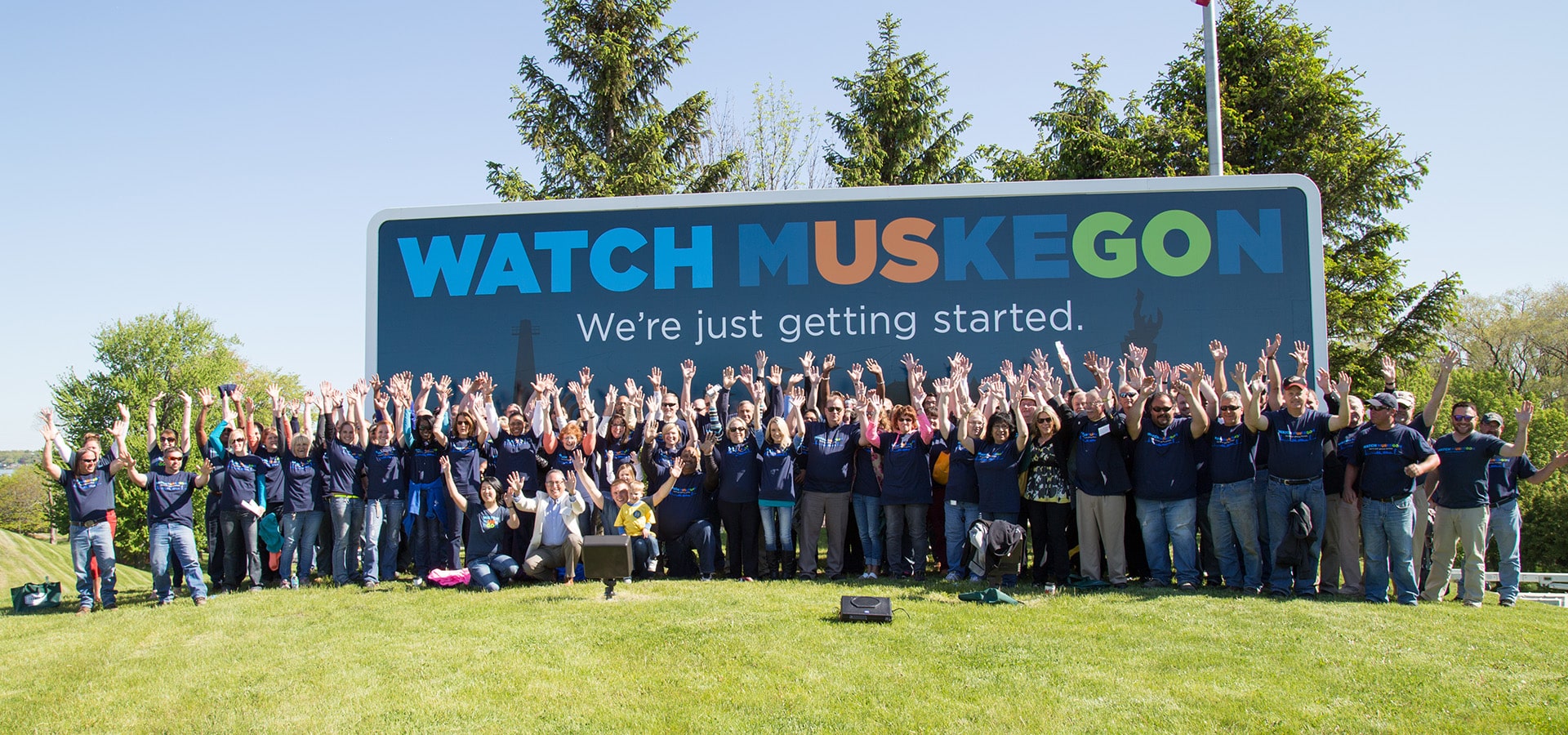Getting on the same page begins with getting in the same room.
Our company has been running on the EOS, the Entrepreneurial Operating System, for five years now. If you’re one of the 140,000+ companies that practice EOS, you know how transformative it can be. I think of EOS as:
- An operating system, like OS X or Windows, that manages the company’s vital functions.
- A guide to answer the questions about how the company operates.
- A toolbox full of helpful resources.
One of my favorite EOS tools is the Same Page Meeting. Being “on the same page” means to think in the same manner, and that’s precisely what this meeting is about. Every month, the visionary (usually the CEO) and integrator (most times the COO) meet to get aligned on the most important issues facing the company. You might think these meetings could devolve into an airing of grievances, but they’re quite the opposite. They’re an open and honest conversation that keeps the company headed in the right direction.
In business today, there’s a lot of talk about aligning sales and marketing. According to LinkedIn, 87% of sales and marketing leaders say collaboration between sales and marketing enables critical business growth. Yet, 90% of sales and marketing professionals point to a number of disconnects across strategy, process, content, and culture. Companies spend time trying to make sure sales and marketing are on the same page, but what about getting human resources (HR) and marketing signing from the same songbook?
Let’s begin by looking at what these departments do:
The human resources department is responsible for handling any people-related concerns and needs that arise within an organization. They often manage recruiting, hiring, and firing, as well as onboarding new hires and managing the orientation process to get employees set up in their new roles. (Source: Indeed)
The marketing department serves as the face of your company, coordinating and producing all materials representing the business. It is the marketing department’s job to reach out to prospects, customers, investors, and/or the community, while creating an overarching image that represents your company in a positive light. (Source: The Hartford)
Human resources is responsible for people and marketing is responsible for promotion. When a business needs to hire new employees, HR and marketing better be talking.
Human resources and marketing alignment is a unified set of goals, strategies, and tactics that enable HR and marketing to build a strong employer brand to attract and retain employees. That, in EOS language, puts them on the same page.
Here’s how to go about doing that:
1. Create shared goals
The first step in aligning HR and marketing is to create a set of shared goals. As we talked about in this blog, a goal is a broad primary outcome. You want to make sure your goals are SMART—strategic, measurable, achievable, realistic, and timely. Here are a few questions to get started:
- How many employees need to be hired?
- How many candidates have to be interviewed for each hire?
- What’s a reasonable conversion rate for your careers page?
Fill in the blanks and work backward to determine your budget. From there, move on to the strategies and tactics that will help you achieve your goals.
2. Meet regularly
How can human resources and marketing get on the same page when they’re not in the same room? Meeting on a regular basis helps ensure the company’s hiring efforts are aligned and moving forward. Meet at the same time every week in the beginning and then monthly after a campaign is going. Assign a meeting leader to prepare an agenda and a note-taker to document the meeting and dole out the next steps.
3. Have clear handoffs
Draft a service-level agreement (SLA) between marketing and HR that describes how candidates will be handed off between the departments. Who does what when a job application comes in over the website? How does the company follow up after an interview? What type of company swag (e.g. – water bottle, journal, quarter-zip) does a new employee receive on their first day? These types of questions need to be answered because there’s nothing worse than investing in advertising to drive a candidate to apply and then dropping the ball.
4. Look at the numbers
Author Sir Conan Doyle of Sherlock Holmes fame said, “Data! Data! Data! I can’t make bricks without clay!” What he meant was that Sherlock Holmes couldn’t form any theories or draw any conclusions until he had sufficient data. Gather the data, analyze the information, and finally, provide insights and make recommendations based on your analysis. By monitoring and analyzing the results of hiring efforts, you can make any necessary adjustments to keep your plan on track and working toward your goals.
Simply acknowledging that recruiting is a job for HR and marketing is half the battle. When you’re on the same page, you’ll be amazed at how much of a difference it makes.









